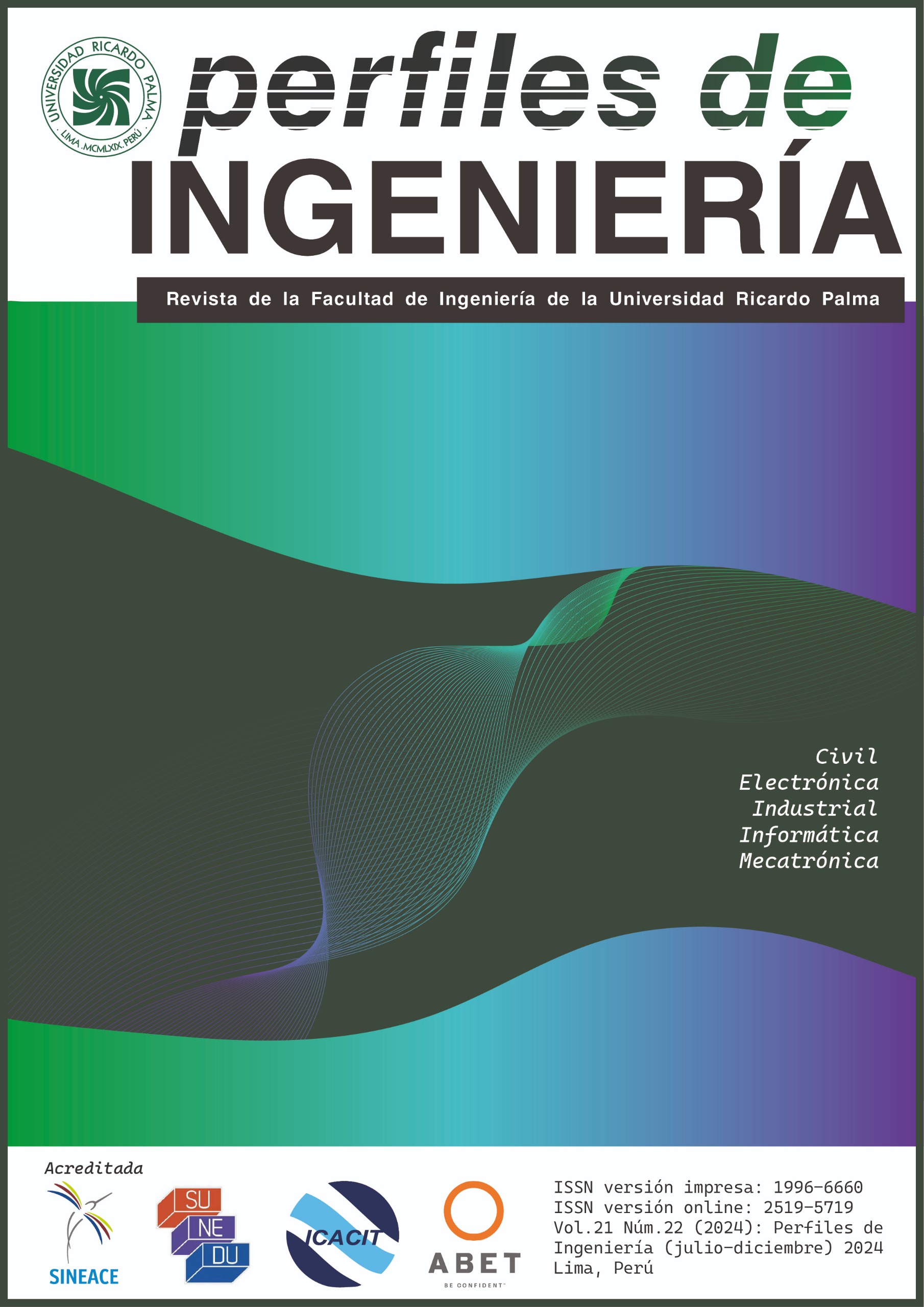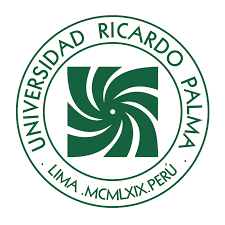Hydraulic structure as a solution to flooding in the Santa Bárbara de Carhuacayan district, Junín.
DOI:
https://doi.org/10.31381/perfilesingenieria.v21i22.7131Keywords:
environmental impact, general scour, riverbank defense, gabion, floodingAbstract
In Peru, many populations are established near rivers to take advantage of water resources, which carries risks of flooding and erosion, especially during periods of high river flow. The Carhuacayan River, affected by heavy rainfall between December and March, generates debris that is carried to its banks, causing undermining and siltation that threaten the stability of inhabited areas.
The aim of this study was to determine the hydraulic and geomorphological parameters needed to design riverbank defenses to mitigate these risks. The geological and hydrological characteristics of the area were analyzed, and scouring was calculated using numerical and empirical methods. Based on this data, structures such as gabion walls and dikes were designed and modeled.
Among the results, vulnerable areas were identified, morphometric parameters were calculated, the design flow rate and scour profile were determined, and the optimal dimensions for the protection structures were defined. Additionally, an environmental impact assessment was conducted, and a project budget was developed.
It was concluded that the construction of riverbank defenses in flood-prone areas will effectively mitigate the risks of overflow and flooding, ensuring the stability and safety of human settlements. This comprehensive approach combines protection against natural events with environmental sustainability and economic feasibility.
Downloads
Downloads
Published
How to Cite
Issue
Section
License
Copyright (c) 2024 Gerardo Enrique Roca Bonifacio, Leandro Gutierrez Serrano , Maiquel López-Silva , Hugo Paucar Honorio , Naylin Mónica Hernández Vasquez, Henry Cristhian Vilchez Garcia

This work is licensed under a Creative Commons Attribution 4.0 International License.
In the event that the manuscript is approved for its next publication, the authors retain the copyright and assign to the journal the right of publication, edition, reproduction, distribution, exhibition and communication in the country of origin, as well as in the abroad, through print and electronic media in different databases. Therefore, it is established that after the publication of the articles, the authors may make other types of independent or additional agreements for the non-exclusive dissemination of the version of the article published in this journal (publication in books or institutional repositories), provided that it is explicitly indicated that the work has been published for the first time in this journal.
To record this procedure, the author must complete the following forms:

1.png)








